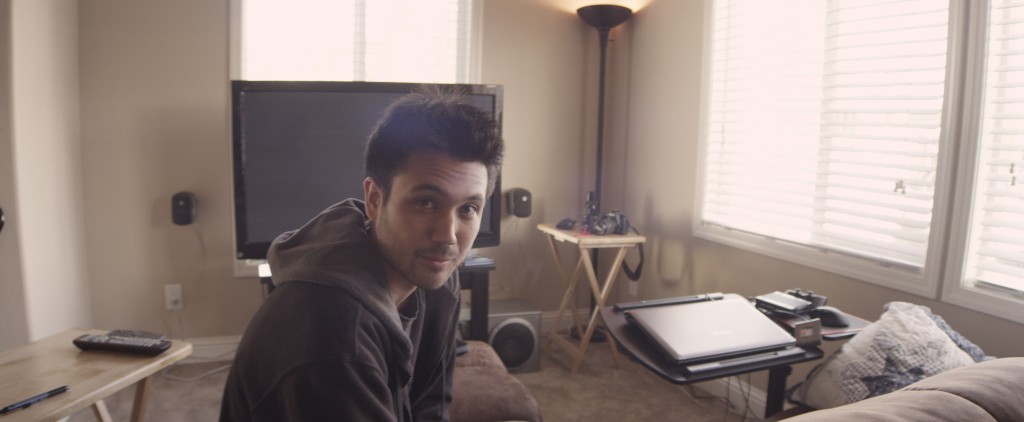Anamorphic Options for the Blackmagic Cinema Camera
One of the advantages of anamorphic lenses and adapters is a wider FOV. Since they are basically just horizontal-only wide angle adapters they certainly are a help for those looking for a wider field of view with EF Mount lenses. Here’s my experience with anamorphic lenses with the GH2 (1.85 crop), and how they should work on the Black Magic Cinema Camera.
1. Panasonic LA7200
1.33x adapter, focus-through
recommended taking lens
Tokina 11-16
Nikon 17-35 (Sigma 17-35 2.8-4 lower budget option)
Designed for the DVX100, this adapter works best on the GH2 at 17-20mm and can work down to 14-15mm depending on the lens.
I’ve found that placing a +.25 diopter between the taking lens and the adapter clears up Chromatic Abberation. On the BMC, the Tokina 11-16 should be the best option for this adapter. I estimate it should go nearly to 12mm wide and be in the excellent zone by 15-16mm. Also note: This lens has blue flares, but getting oblong bokeh requires the use of front diopters and very limited focus.
2. Bolex Moller 8/19/1,5x
1.5x Adapter designed for 8mm film. Dual focus – In macro, this lens will change to 1.33 an can focus as close as 0.5m.
recommended taking lens
Nikkor 28mm f2 or equivalent (f2-f4 without vignette)
Nikkor 35mm f2 or equivalent (should not vignette on BMC)
Manual focus prime lenses past 35mm should work without vignette, zoom lenses need to be tested.
These lenses are fairly rare, but show up on ebay from time to time. The adapter itself is very tiny, but has sharpness equal to an Iscorama 36. Because the rear element is only 24mm in diameter, wide angle lenses will vignette over f4. This lens is also dual focus, but can be used to rack focus in certain situations. (working on a tutorial for this)
3. Iscorama 36 (also other related 1.5x Iscoramas)
recommended taking lens (outside of what it comes with)
Any sharp manual Nikon or Canon prime lens down to 28mm, possibly 25mm, depending on lens design. You will also need a clamp from redstan.com. You should have no trouble adapting this lens to any prime up to 105mm. Redstan also sells a .4 72mm achromat diopter that is necessary for focus closer than 6ft. This achromat changes the ratio to 1.33. I’ve liked using the Nikkor 50mm 1.8, 1.4, The Nikkor 35mm f2 and a few other Nikon prime lenses.
This lens is really fantastic in build quality and image quality. Probably the closest to cinema anamorphic quality you can get in a cheap anamorphic, as well as being able to resolve over 4k resolution. The potential downsides are that it can be difficult to rack focus and is harder to adapt to taking lenses due to its triangular shaped rear element. When adapted extremly wide the edges of the frame can succumb to distortion which is normal for older anamorphics.
There are many other anamorphic lenses out there. Most are 2x adapters, which means you crop …





